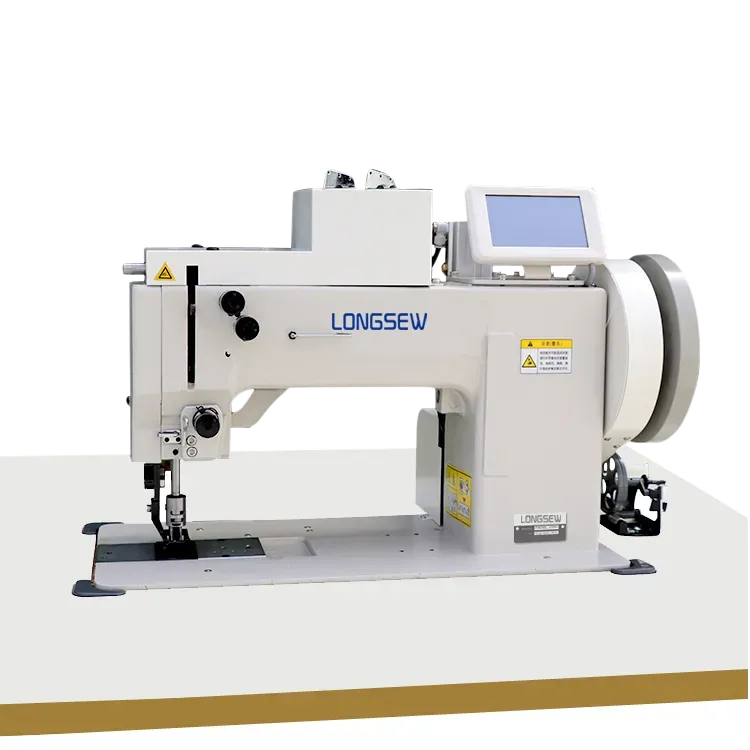Exploring the Prices of Silai Machines and Shuttle Components for Your Sewing Needs
Understanding the Cost of Shuttle Sewing Machines
Shuttle sewing machines are an essential tool in the textile and garment industry, especially for those engaged in garment production and tailoring. These machines use a shuttle mechanism to carry the thread, creating a lock stitch that is both durable and versatile. As with any equipment, the price of shuttle sewing machines can vary significantly based on a range of factors including brand, features, and quality. This article delves into the various aspects affecting the price of shuttle sewing machines and what potential buyers should consider before making a purchase.
Factors Influencing Price
1. Brand Reputation Established brands that have built a reputation over the years for quality and reliability often command higher prices. Brands like Brother, Juki, and Janome are known for their durability and advanced technology, which can be reflected in the cost. A premium brand might come with a higher initial investment, but the reliability and support can make it worth the expense.
2. Machine Features The complexity and features of the sewing machine also play a significant role in pricing. Basic shuttle machines that simply provide the primary functions of sewing will generally be more affordable. However, machines equipped with advanced features such as automatic threading, multiple stitch patterns, or embroidery functions will typically be priced higher. Buyers should assess their needs carefully; spending more on features that will be seldom used is not always wise.
3. Build Quality Machines made from higher-quality materials tend to last longer and operate more smoothly. Steel components, for example, may increase the price but also enhance longevity and performance. Buyers should consider whether they want a lightweight, portable machine, or a robust, industrial-grade model that can withstand heavy use.
silai machine shuttle price

4. Usage Purpose The intended use of the shuttle sewing machine also influences its price. For amateur hobbyists or occasional sewists, a home-use machine may suffice, and these tend to be less expensive. Conversely, professional tailors and garment manufacturers often require industrial machines designed for high-volume production, which can come with a significantly higher price tag.
5. Market Trends Economic factors and market demand can also impact prices. During times of increased demand, perhaps due to a surge in home crafting or changes in the fashion industry, prices may rise. Conversely, during economic slowdowns, prices may drop as retailers look to clear inventory.
Price Ranges
Shuttle sewing machines can typically range from around $100 for basic home models to several thousand dollars for industrial-grade machines. Entry-level machines may cater to hobbyists who are just starting out, offering essential features at a lower price point. Mid-range machines provide more versatility and features suitable for serious sewing enthusiasts. In contrast, high-end industrial machines offer unparalleled performance and efficiency, suitable for professional environments.
Conclusion
When considering the purchase of a shuttle sewing machine, it is essential to balance the budget with needs and potential usage. Understanding the factors that influence the price can help buyers make informed decisions, ensuring they select a machine that not only fits their budget but also meets their sewing requirements. By investing time in research and exploring various options, individuals can find a sewing machine that serves their purposes effectively without overspending. Whether for personal use or professional endeavors, there is a shuttle sewing machine out there to fit almost every need and budget.
-
Leather Sewing Machine: The Industrial Standard for Tough MaterialsNewsJul.18,2025
-
Sail Making Machine: Heavy-Duty Stitching for Industrial and Marine NeedsNewsJul.18,2025
-
Sling Sewing Machine: The Backbone of Heavy-Duty FabricationNewsJul.18,2025
-
Leather Sewing Machine: Precision for Heavy-Duty StitchingNewsJul.18,2025
-
Big Bag Sewing Machine: Powering the Future of Bulk PackagingNewsJul.18,2025
-
FIBC Sewing Machine: Essential Equipment for Bulk Bag ProductionNewsJul.18,2025
-
Heavy Duty Leather Sewing Machine: A Must-Have for Professional LeatherworkNewsMay.28,2025





























